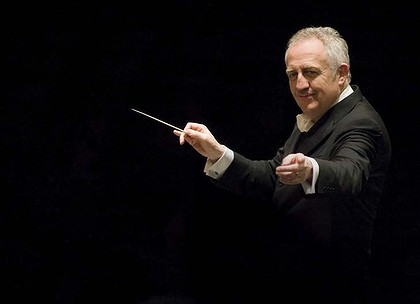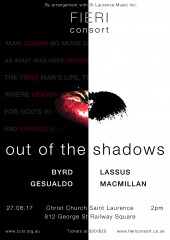Album Review: Brahms Cello / Knighton / Farid / Move Records
Cellist Zoe Knighton and pianist Amir Farid draw on the inescapable similarities between the lyricism of the cello and the human voice for their 2024 release Brahms Cello on the Move recording label.
This is an empathetic partnership, who, for their seventh collaboration, have selected an all-Brahms program of two cello sonatas, the No. 1 in E minor, Op. 38 and the No. 2 in F, Op. 99 along with instrumental transcriptions of three of his Lieder, Von ewiger Liebe Op. 43, No. 1, Meine Liebe ist grün Op. 63, No. 5 and Die Mainacht Op. 43, No. 2.
The Sonata Opus 38 in three movements with no real slow movement, is a charming piece brimming with ideas. Knighton and Farid begin the first movement Allegro non troppo somewhat sombrely, soon blossoming to a sweet expressiveness. The two share, copy and contrast themes, Farid making the most of the wide register of the piano with brilliance and Knighton’s cello accomplishing the octave leaps of the cello with ease.
In the second movement Allegretto quasi menuetto, the players evoke the style of the French baroque. The lightly tripping staccato of the first section moves to a graceful, rippling Trio as Farid articulates the melody with semiquaver octaves in the right hand.
Brahms stays with the baroque theme in the third movement Allegro. Its triplet theme is based on the contrapunctus 13 of JS Bach’s Art of Fugue and is expressed in each hand and in the cello before moving into double thirds in the piano. Knighton and Farid maintain the tension of the large leaps, inversions, ornamentation and slowly building crescendos. There are moments of pure melodious joy and well-defined fugue-like passages before the duo swirls into the Più presto coda and bravura ending.
The Cello Sonata No. 2 in F major, Op. 99, in four movements came more than two decades later. It has the tempestuousness, life experience and moodiness of a more mature composer as cello and piano lock horns, Knighton articulating the large leaps and crisply dotted rhythms and Farid countering with rapid tremolos and compound rhythms. The duo beautifully contrast the grazioso passages before the vivace coda.
Knighton opens the second movement Adagio affettuoso with a subtle but definite pizzicato which reappears later in the movement, broadening to a contemplative stroll in partnership with Farid. The third movement Allegro passionato is a slightly dark romp that leads to a well-contrasted flowing section played with a rich vibrato. The fourth movement Allegro molto is a restless search through the various themes of this Rondo arriving at a sense of fluidity and lightness before the grander vivace at the end.
In the three Lieder, the duo pay homage to Brahms’ dramatic ability to encapsulate stories in very small bites of music. These were easily my favourites on the disc, the cello expressing the vocal line with such grace. The duo takes on the task of telling a story and conveying emotions in the absence of the words and the word-painting that is integral to Brahms’ songwriting. This they achieve with engaging success, allowing the music alone to tell the tale. Full marks for publishing the words of the songs in the CD liner so that the listener can connect the words with that they hear. The ardour of the village boy, the gentle strength of the girl, the beauty of nature and the heartache of seeking true love are played with passion and embellished with portamenti and elegant phrasing befitting a stringed instrument that distinguishes the rendition from a vocal performance.
On Brahms Cello, Knighton and Farid present rich Romantic pieces that treat the cello and the piano equally both in instrumental and transcribed vocal music. The interchangeability of the two instrument is sensitively balanced with the strengths of each showcased in a range of repertoire and moods. Cellists have complained about having to play over the powerful piano accompaniment of the cello sonatas but Knighton and Farid have a nice balance, impressive technical mastery and a firm sense of ensemble in this very enjoyable collection.
Shamistha de Soysa for SoundsLikeSydney©







